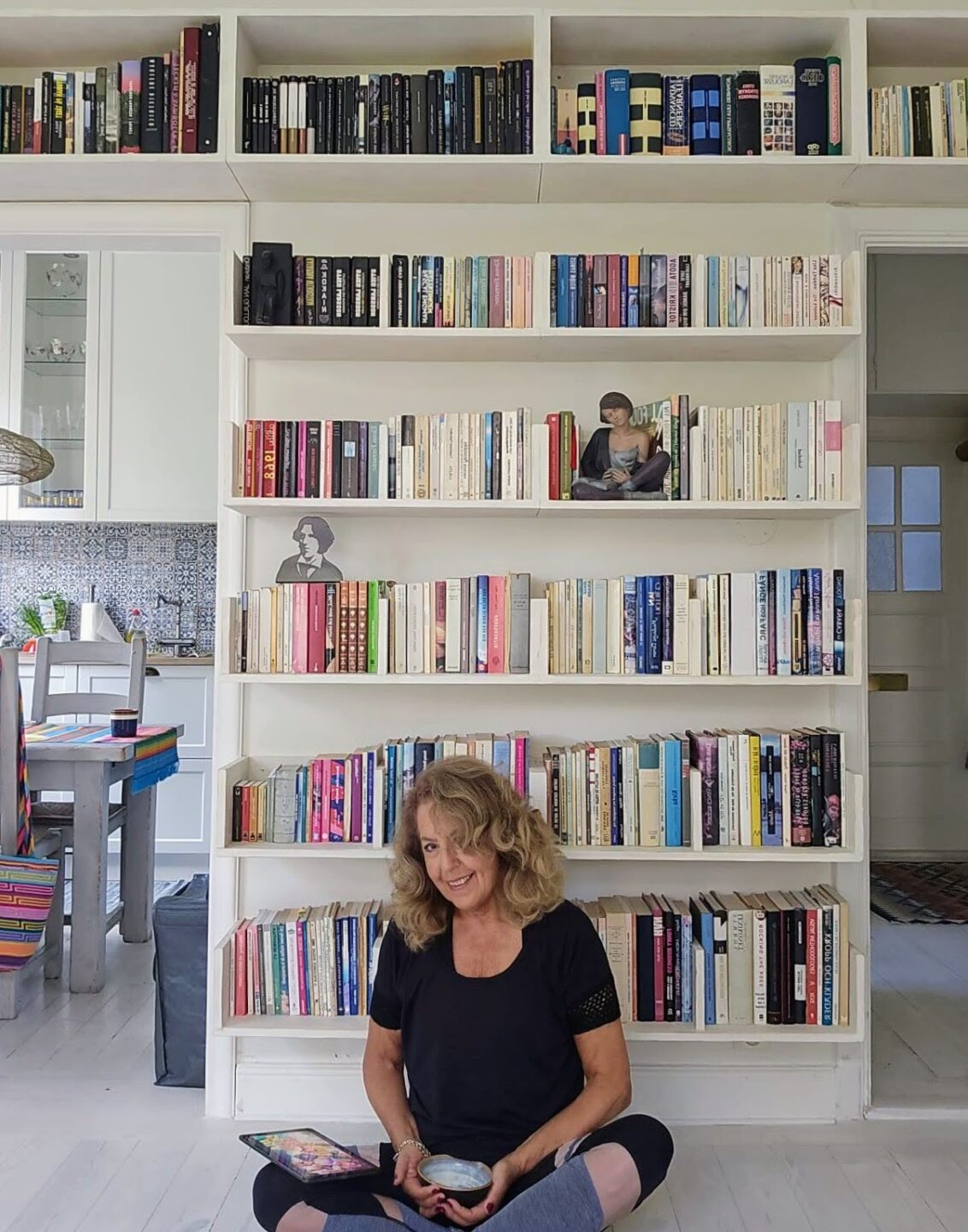Media Diet

Images courtesy of MA
A series exploring the media “input” of a group of people — our commercial semiotician colleagues, from around the world — whose “output” we admire.
Stockholm…
SEMIOVOX
What work of nonfiction (old or new) would you recommend to someone trying to make sense of today’s world?
MARTHA ARANGO
The Herds, a performance uniting artists and climate organizations, arranged by The Park Theatre. I experienced it on the 24th of July this year in Stockholm. A herd of life-sized puppets representing animals from different regions of the world: As they charged in circles, creating the impression of a stampede, an opera singer’s voice rose in a primal cry. She symbolized Mother Earth, mourning the catastrophe.
If I had once felt indifferent to climate issues, tired of so many discourses that only threaten without truly reaching us, The Herds moved me. It broke through that detachment, awakened my senses, and left me with an urgency to engage. The puppets, made from cardboard and recycled wood, embark on a symbolic journey from South Africa to the North Pole, an allegory for climate change. This trip evokes biblical images of Noah’s Ark and also reminds us of our nomadic ancestors search for survival. Today, waves of people are forced to migrate for similar reasons: environmental disaster, war and injustice.
The Herds operate on multiple levels. There is the literal flight of the puppets, but also the metaphorical movement: the activism behind the project and the emotions it provokes in the audience. The puppets themselves awaken a childlike sense of wonder through their simplicity and innocence and at the same time they remind us of the human factor behind climate change, as the artists own bodies animate the creatures and drive the “stampede.”
SEMIOVOX
What work of literature (old or new) would you recommend to someone trying to make sense of today’s world?
MARTHA ARANGO
Walter Kempowski’s All for Nothing (2006) is a compelling novel set in East Prussia during the final days of World War II. It centers on the von Globig family, who live in the Georgenhof estate as the Red Army approaches from the East in January 1945. Outside their walls, thousands of Germans are fleeing westward, desperate to escape the violence that advances ever closer.
Inside the estate, life continues within a bubble of routine and denial. The family remains cut off from the outside world, unable to see beyond their own concerns, as life goes on with little worry. Each character is absorbed in their own interest: a distant mother lost in her books, servants occupied with the work of running the estate, a boy too young to join the Hitler Youth. Their only links to the outside world are the visitors who pass through, each bringing fragments of news colored by their own perspectives.
This dynamic feels familiar today. The family remains isolated in their existence while history unfolds around us. Many of us continue with “normal life,” even as we are confronted by signs of crisis: political instability and new conflicts. The challenge of distinguishing truth from misinformation in our media-saturated world, for me, only deepens this sense of uncertainty, echoing how the von Globigs relied on contradictory, second-hand accounts.
The title, All for Nothing, shows the futility of war. The novel made me see how fragile human life is, and how easily history’s tragedies can repeat themselves if one remains blind or indifferent.
SEMIOVOX
What’s the best movie you’ve seen recently?
MARTHA ARANGO
Jacques Audiard’s Emilia Pérez. The film reflects on power, corruption, violence, and death, forces that plague our countries, while contrasting them with values of care, love, and life, traditionally linked to the feminine. As a Colombian who lived in Mexico, I strongly relate to its themes.
What makes the movie so interesting, is how it tells the story: through the transformation of a gangster into a woman, and by framing violence in the form of a musical. The songs give voice to guilt, corruption, and the longing for change, while elevating Emilia into a saint-like figure.
This mix of brutal reality and poetic, emotional music deeply moved me and challenged genre conventions, while also inspiring a desire for societal reformation. As seen in the film, the promotion of feminine positive values established the new norm, giving hope. The story dares to imagine transformation in a cycle of violence that feels impossible to escape. It is this that makes it so compelling.

MEDIA DIET: GIANLLUCA SIMI (Brazil) | HIBATO BEN AHMED (France) | MARIE LENA TUPOT (USA) | EUGENE GORNY (Thailand) | YOGI HENDLIN (Netherlands / USA) | INKA CROSSWAITE (Germany / South Africa) | SÓNIA MARQUES (Portugal) | ĽUDMILA LACKOVÁ BENNETT (Czechia) | BRIAN KHUMALO (USA / South Africa) | JIAKUN WANG (Shanghai) | FRANCISCO HAUSS (China / Mexico) | ASHLEY MAURITZEN (England) | STEFANIA GOGNA (Italy) | BECKS COLLINS (England) | ANTJE WEISSENBORN (Germany) | MARIANE CARA (Brazil) | MARTHA ARANGO (Sweden) | PAULINA GOCH-KENAWY (Poland) | COCO WU (Singapore / China) | JOSH GLENN (USA) | JENNIFER VASILACHE (Switzerland) | ANDREA BASUNTI (England) | SARAH JOHNSON (Canada) | VICTORIA GERSTMAN (Scotland) | MARIA PAPANTHYMOU (Greece).
Also see these global semio series: MAKING SENSE (Q&As) | SEMIOFEST SESSIONS (monthly mini-conferences) | COVID CODES | SEMIO OBJECTS | COLOR CODEX | DECODER (fictional semioticians) | CASE FILE | PHOTO OP | MEDIA DIET | TATTOO YOU (semioticians’ tattoos).

